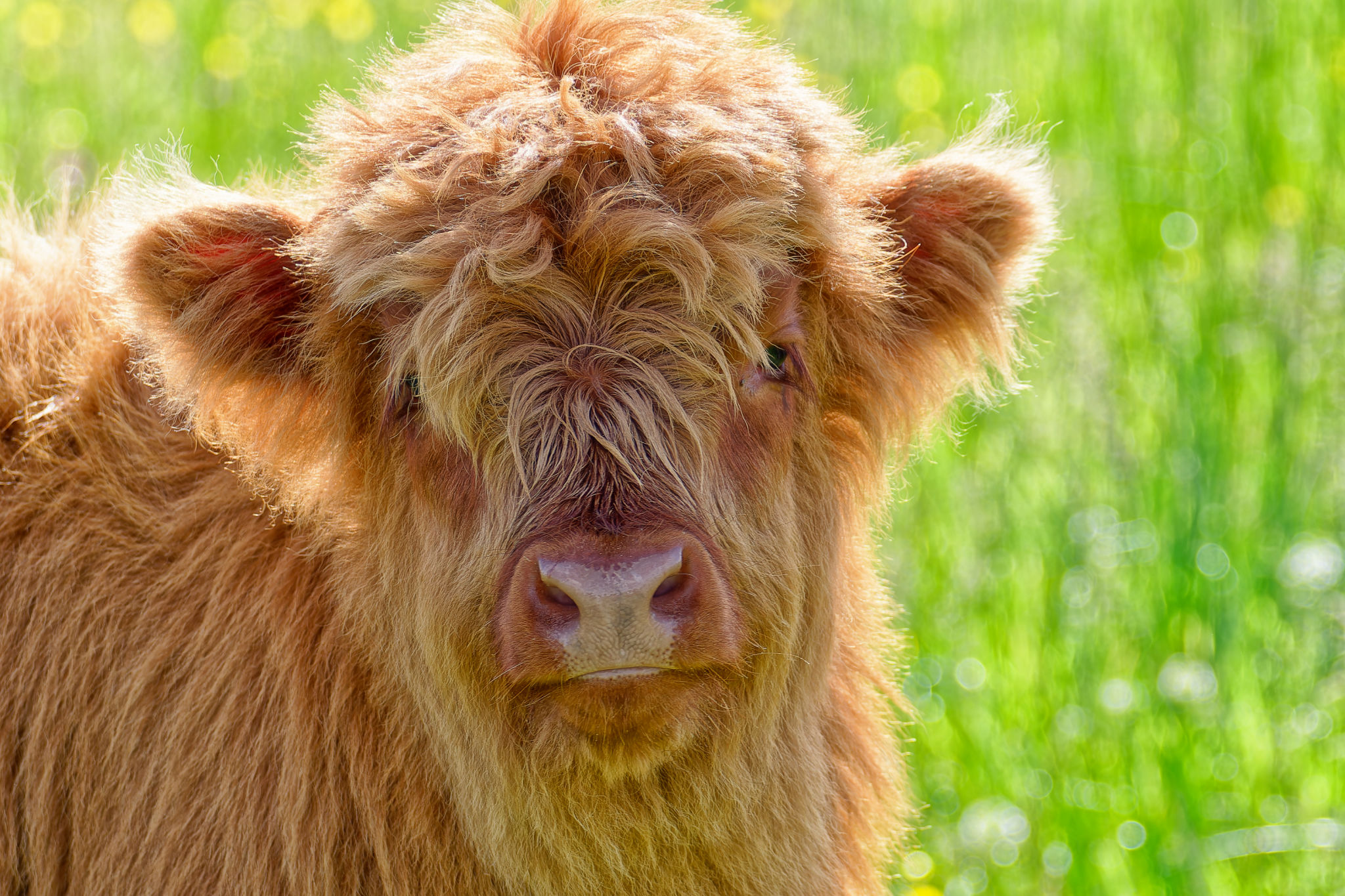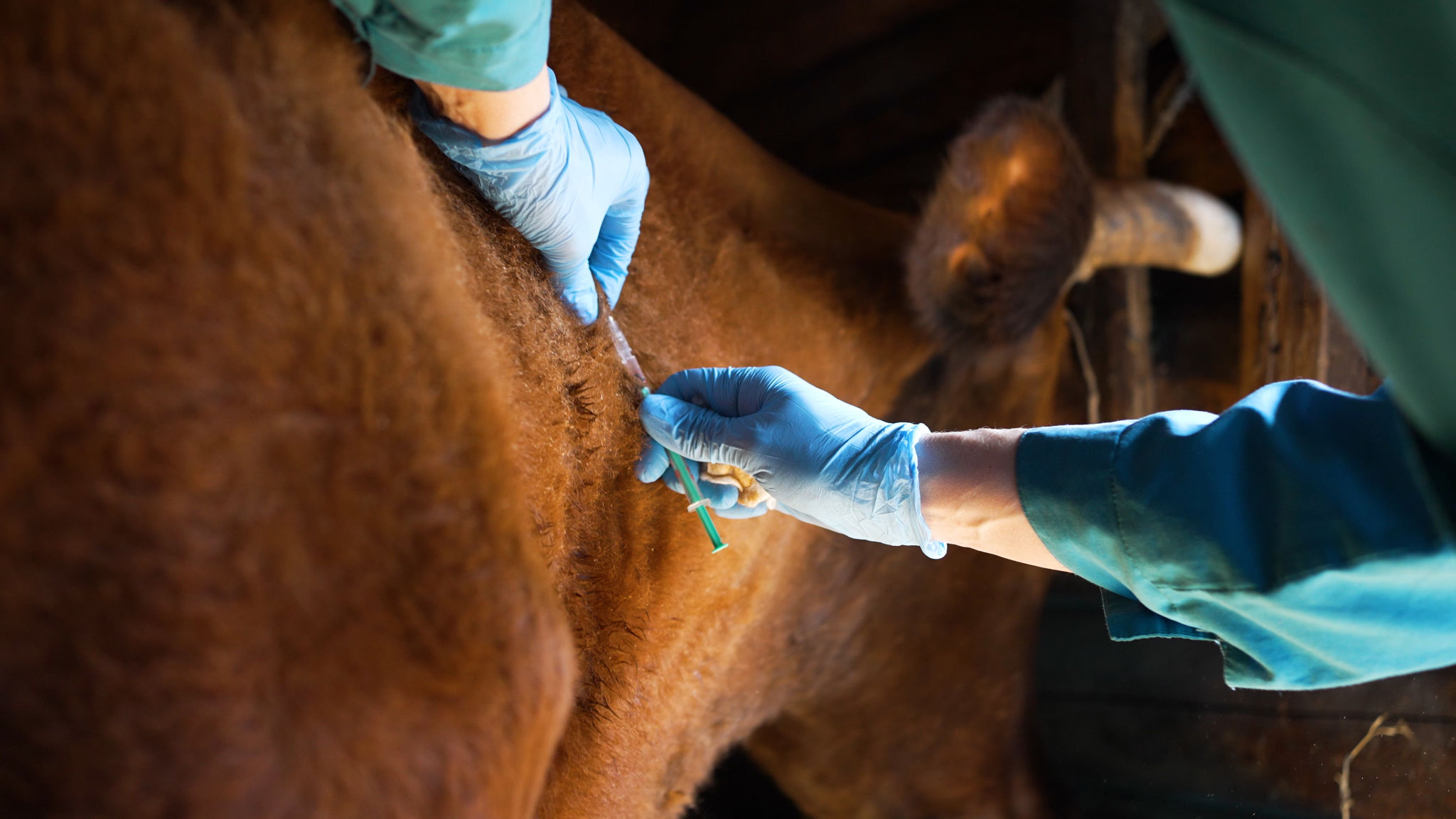Seasonal Care for Mini Highland Cattle: Preparing for Winter in Eagle
Understanding the Needs of Mini Highland Cattle
Mini Highland cattle are a hardy breed, known for their resilience and adaptability to cold climates. However, even these robust animals require special care as winter approaches, especially in regions like Eagle where temperatures can drop significantly. Understanding their needs and making appropriate preparations can ensure your cattle remain healthy and comfortable throughout the season.
These cattle have thick, woolly coats that provide natural insulation against the cold. Despite this, supplemental care is essential to protect them from extreme weather conditions. Providing adequate shelter, nutrition, and health checks is crucial to maintain their well-being during the harsh winter months.

Providing Adequate Shelter
One of the most important aspects of winter preparation for Mini Highland cattle is ensuring they have access to proper shelter. A well-constructed barn or shed can offer protection from wind, snow, and cold rain. The shelter should be spacious enough to accommodate all cattle comfortably, allowing them to move freely while protecting them from the elements.
Consider adding windbreaks around the property if natural barriers are insufficient. These can be constructed using trees, shrubs, or fencing materials. The aim is to reduce wind chill and create a more temperate microclimate for the cattle.
Ensuring Nutritional Needs are Met
During winter, Mini Highland cattle require more energy to maintain body heat. This means their nutritional needs will increase. It's important to provide high-quality hay and grains to meet their dietary requirements. Regularly monitor their body condition and adjust feed as necessary to prevent weight loss.

Supplementing their diet with minerals and vitamins can also be beneficial. Ensuring they have access to clean, unfrozen water is critical, as dehydration can lead to health issues even in cold weather.
Monitoring Health and Well-being
Regular health checks are vital during the winter months. Look out for signs of illness such as coughing, nasal discharge, or changes in behavior. Early detection of health issues can prevent more significant problems down the line.
Vaccinations should be up-to-date to protect against common diseases that may arise during cold conditions. Consult with a veterinarian to develop a suitable health plan tailored to your herd's specific needs.

Managing Pasture and Land
While Mini Highland cattle are known for their ability to graze on rough terrain, winter often limits pasture availability. Rotational grazing practices can help manage land resources effectively, ensuring that pastures recover properly for future seasons.
If necessary, consider providing additional feed in troughs or designated feeding areas to reduce land degradation and maintain pasture quality.
Conclusion: A Little Preparation Goes a Long Way
Preparing Mini Highland cattle for winter in Eagle requires attention to detail and a proactive approach. By ensuring they have adequate shelter, nutrition, regular health checks, and well-managed pastures, you can help them thrive despite the challenges of the season.
Investing time and effort into these preparations not only ensures the health and happiness of your cattle but also contributes to a more efficient and sustainable farming operation overall.